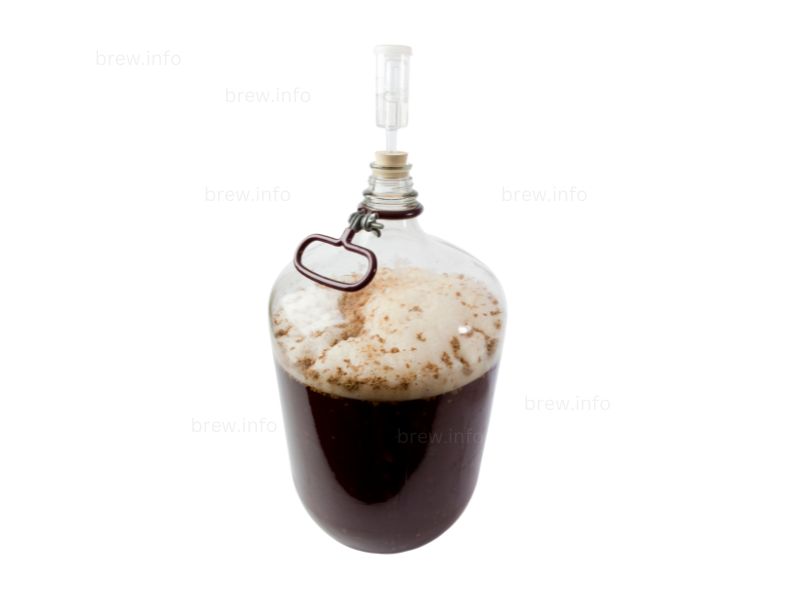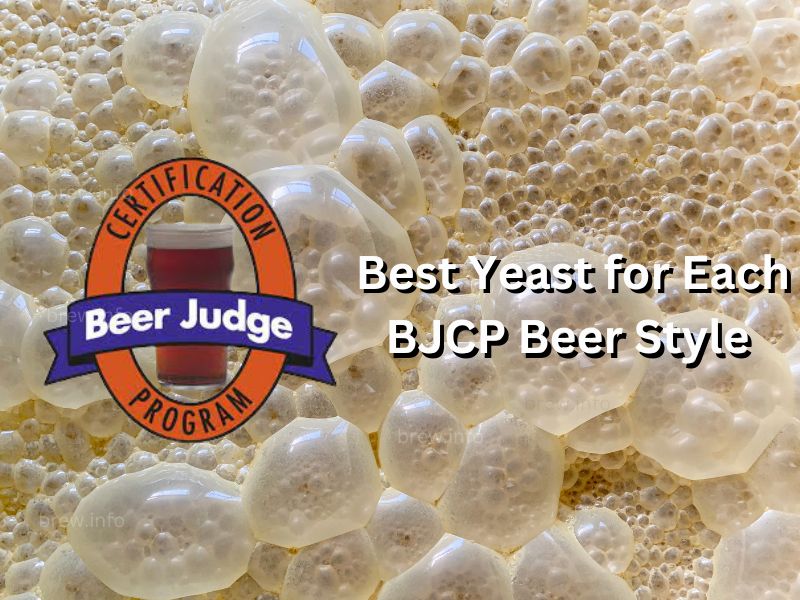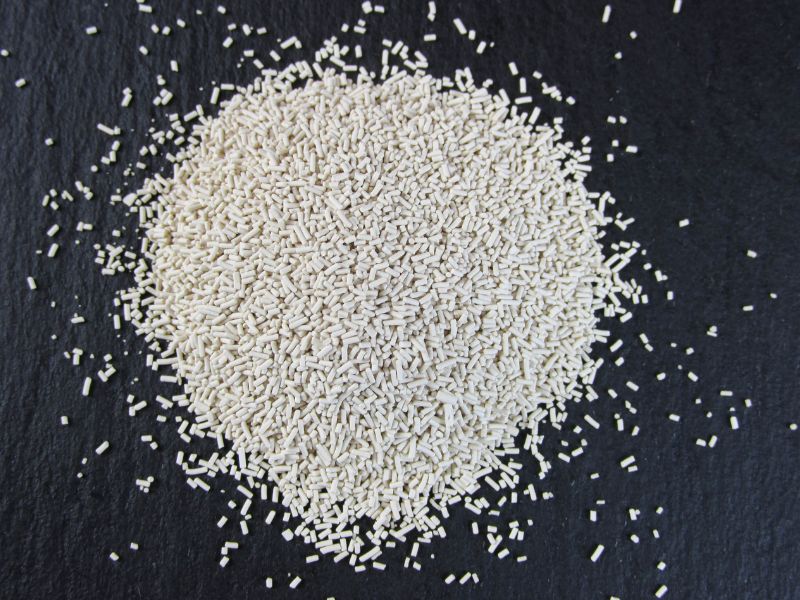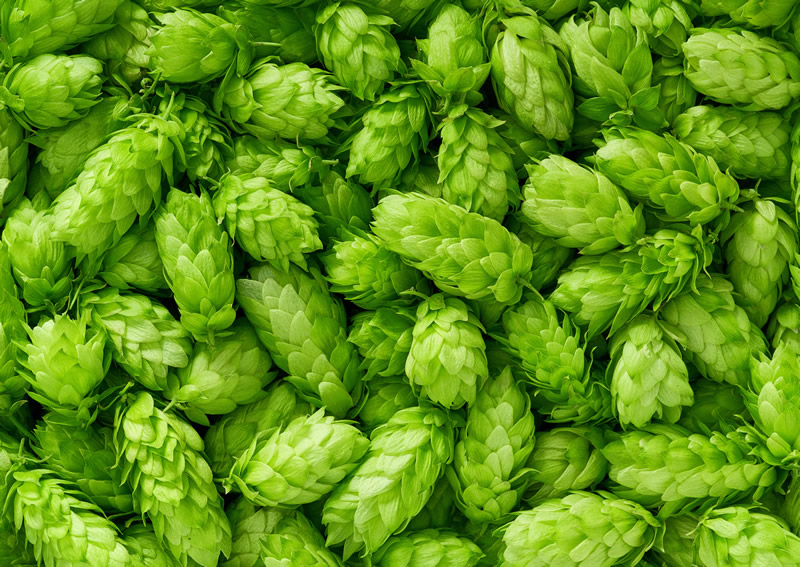Starting a journey into homebrewing, the phrase “best yeast for each BJCP beer style” might seem foreign. But let me assure you, once you get a handle on it, it’s like unlocking a magic formula.
Unveiling the Mystery of BJCP
BJCP, an acronym for Beer Judge Certification Program, categorizes beer styles and forms a benchmark for homebrewers worldwide. BJCP styles range from the classic American Light Lager to the heavy-hitting Belgian Dark Strong Ale. Each style has its own unique characteristics, flavors, and, of course, an ideal yeast.
For instance, if you’re brewing a German Weizen, the most suitable yeast would be the Weihenstephan Weizen yeast. This yeast is known for its distinct banana and clove flavors, typical of a traditional German Weizen.
Yeast – The Secret Ingredient
Let’s dive a bit deeper into the science of brewing. Yeast is more than just an ingredient; it’s the magical microorganism that turns sweet wort into flavorful beer. It eats up the sugars in the wort and produces alcohol, carbon dioxide, and a myriad of flavor compounds.
A World of Yeast Strains
Let’s look at some examples of the best yeast for each BJCP beer style. For the English Barleywine style, a high-gravity ale yeast such as Wyeast 1028 London Ale is recommended. It delivers a complex woody, fruity, and caramel flavor, just as expected from a good Barleywine.
For a roasty, coffee-like American Stout, American Ale yeast strains like the Wyeast 1056 would be a good choice. It gives a clean fermentation, allowing the intense malt and hop flavors to shine through.
Matching Yeast to Beer Styles
Venturing further, we discover the universe of Belgian ales. Belgian ales can range from light and fruity to dark and complex. The yeast strain you choose for these beers can significantly influence their flavor and aroma. For a Belgian Dubbel or Tripel, Trappist yeast strains such as Wyeast 1214 or White Labs WLP500 can offer a beautiful blend of fruity esters and spicy phenols.
Similarly, if you’re crafting a Bohemian Pilsner, a classic Czech lager yeast like Wyeast 2124 or White Labs WLP800 will do the job. These yeast strains provide a slight diacetyl character that is a signature of this BJCP style.
Special Considerations for Lager Styles
In the domain of lagers, yeast selection becomes even more crucial. Why, you ask? Well, unlike ale yeasts that ferment at warmer temperatures and impart a variety of flavors, lager yeasts ferment at colder temperatures and are generally more neutral.
For an American Light Lager, a yeast strain like the Wyeast 2007 (Pilsen Lager) would be an excellent choice. It gives a very neutral flavor, allowing the malt and hops to dominate the beer’s profile.
On the other hand, if you’re brewing a Märzen, you might want to opt for the Wyeast 2308 (Munich Lager). It offers a balanced profile with a hint of caramel and a rich malty finish.
Pushing Boundaries with Yeast
While we have recommended specific yeast strains for each beer style, remember that the beauty of homebrewing lies in experimentation. Don’t shy away from deviating from the standard path. Who knows, you might stumble upon the next fantastic beer combination! You can look at our yeast substation chart for more options.

The Yeast Factor in Saison and Specialty Beers
As you delve deeper into the world of homebrewing, you might want to try your hand at brewing a classic Saison. The yeast strain for this style is essential as it contributes a significant amount of the beer’s characteristic flavor. Belgian Saison yeast strains like the Wyeast 3724 or White Labs WLP565 offer a mix of fruity esters, spicy phenols, and a hint of tartness, just what you want in a Saison.
But what about specialty beers? Let’s say, for instance, you want to brew a Gose, a sour, salty beer style originating from Germany. The yeast for this style is a blend of ale yeast and lactic acid bacteria, which contribute both to the fermentation and the beer’s sourness.
Yeast and the Art of Homebrewing
As we explore the best yeast for each BJCP beer style, one thing becomes clear. Yeast isn’t just an ingredient you add to the wort; it’s a crucial component that can make or break your beer. It’s where the art and science of brewing meet.
In a Russian Imperial Stout, for example, the yeast needs to withstand a high-alcohol environment. A strain like Wyeast 1028 London Ale Yeast is a popular choice as it ferments reliably and imparts flavors that complement the rich, malty character of this beer style.
Remember, as a homebrewer, you have the freedom to experiment. Try using different yeast strains and see how they affect your beer. You might find that a certain yeast strain works better for your brewing setup or taste preferences.
The Ever-changing Landscape of Yeast Strains
You’ve embarked on your homebrewing journey, exploring the best yeast for each BJCP beer style, from Light Lagers to Imperial Stouts. But the journey doesn’t stop here. As the world of beer is continuously evolving, so too is the realm of yeast strains.
There’s a constant flow of new and exciting yeast strains emerging. They are being isolated from unique environments, like the wild yeast strains that originate from the skins of fruits, or even from ancient residues found in archaeological sites!
These unique strains can offer a completely new range of flavors and aromas. Just imagine brewing an American IPA with a yeast strain that produces a natural tropical fruit aroma, or a Belgian Strong Ale with a yeast strain that adds a touch of wild funk.
Sourcing Yeast – Local and Global
As a homebrewer, it’s important to know where to source your yeast. Local homebrew shops are a good place to start. They typically stock a wide variety of yeast strains and are a great source of advice.
If you’re unable to find a specific strain locally, don’t fret. Numerous online retailers specialize in brewing supplies. They often have an even wider range of yeast strains available and can ship directly to your doorstep.
Take the Leap: Yeast Experimentation
No hard and fast rule dictates which yeast strain you must use for a particular beer style. The recommendations provided are based on what’s typically used and what matches the BJCP guidelines. However, part of the fun of homebrewing is breaking away from tradition and experimenting on your own. Who knows? You might create a new beer style!
The Power of Yeast Starters
As we delve into yeast and its critical role in brewing, it’s worth discussing yeast starters. Now, what’s a yeast starter? It’s a small volume of wort that’s used to propagate yeast cells before pitching them into your main brew.
For many beer styles, especially high-gravity ones like a Barleywine or a Russian Imperial Stout, a yeast starter is recommended. It ensures a healthy fermentation by providing a larger population of yeast cells.
For instance, if you’re brewing a beer with an original gravity above 1.060, creating a yeast starter with your Wyeast 1028 London Ale Yeast can be a game-changer. It not only guarantees a robust fermentation but also helps accentuate the beer’s flavor profile, ensuring you get that ideal woody, fruity, and caramel flavor that makes an English Barleywine so distinctive.
Here’s a list of BJCP styles and the ideal yeast for each
| BJCP Beer Styles | Recommended Yeast Strain |
|---|---|
| American Amber Ale | Wyeast 1056 (American Ale) |
| American Barleywine | Wyeast 1056 (American Ale) or White Labs WLP001 (California Ale) |
| American Brown Ale | Wyeast 1056 (American Ale) or White Labs WLP001 (California Ale) |
| American IPA | White Labs WLP001 (California Ale) |
| American Light Lager | Wyeast 2007 (Pilsen Lager) |
| American Pale Ale | Wyeast 1056 (American Ale) or White Labs WLP001 (California Ale) |
| American Stout | Wyeast 1056 (American Ale) |
| American Wheat | Wyeast 1010 (American Wheat) or White Labs WLP320 (American Hefeweizen Ale) |
| Baltic Porter | Wyeast 2206 (Bavarian Lager) or White Labs WLP830 (German Lager) |
| Belgian Amber Ale | Wyeast 3942 (Belgian Wheat) or White Labs WLP550 (Belgian Ale) |
| Belgian Dark Strong Ale | Wyeast 3787 (Trappist High Gravity) or White Labs WLP530 (Abbey Ale) |
| Belgian Dubbel | Wyeast 1214 (Belgian Ale) or White Labs WLP500 (Monastery Ale) |
| Belgian Quadrupel | Wyeast 3787 (Trappist High Gravity) or White Labs WLP530 (Abbey Ale) |
| Belgian Tripel | Wyeast 3787 (Trappist High Gravity) or White Labs WLP530 (Abbey Ale) |
| Berliner Weisse | A blend of ale yeast and Lactobacillus bacteria |
| Bière de Garde | Wyeast 3711 (French Saison) or White Labs WLP590 (French Saison Ale) |
| California Common | Wyeast 2112 (California Lager) or White Labs WLP810 (San Francisco Lager) |
| Classic American Pilsner | Wyeast 2007 (Pilsen Lager) or White Labs WLP800 (Pilsner Lager) |
| Cream Ale | Wyeast 1056 (American Ale) or White Labs WLP001 (California Ale) |
| Czech Pilsner | Wyeast 2278 (Czech Pils) or White Labs WLP800 (Pilsner Lager) |
| Doppelbock | Wyeast 2124 (Bohemian Lager) or White Labs WLP833 (German Bock Lager) |
| Dunkelweizen | Wyeast 3068 (Weihenstephan Weizen) or White Labs WLP300 (Hefeweizen Ale) |
| English Barleywine | Wyeast 1028 (London Ale) or White Labs WLP007 (Dry English Ale) |
| English Bitter | Wyeast 1968 (London ESB Ale) or White Labs WLP002 (English Ale) |
| English Mild | Wyeast 1945 (NeoBritannia) or White Labs WLP013 (London Ale) |
| English Old Ale | Wyeast 1028 (London Ale) or White Labs WLP007 (Dry English Ale) |
| Flanders Red Ale | A blend of ale yeast, Brettanomyces, and Lactobacillus bacteria |
| Fruit Beer | Yeast choice varies based on the base beer style and the type of fruit used |
| German Altbier | Wyeast 1007 (German Ale) or White Labs WLP036 (Düsseldorf Alt) |
| Gose | Wyeast 1007 (German Ale) or White Labs WLP029 (German Ale/ Kölsch) and a Lactobacillus culture for souring |
| Gueuze | Wyeast 3763 (Roeselare Ale Blend) or White Labs WLP655 (Belgian Sour Mix 1) |
| Irish Red Ale | Wyeast 1084 (Irish Ale) or White Labs WLP004 (Irish Ale) |
| Kölsch | Wyeast 2565 (Kölsch) or White Labs WLP029 (German Ale/Kölsch) |
| Lambic | A blend of yeasts and bacteria, such as Wyeast 3278 (Lambic Blend) |
| Maibock/Helles Bock | Wyeast 2124 (Bohemian Lager) or White Labs WLP833 (German Bock Lager) |
| Mixed-Fermentation Sour Beer | This can involve a mix of ale yeast, Brettanomyces, Lactobacillus, and Pediococcus |
| Munich Dunkel | Wyeast 2308 (Munich Lager) or White Labs WLP838 (Southern German Lager) |
| Oatmeal Stout | Wyeast 1084 (Irish Ale) or White Labs WLP004 (Irish Ale) |
| Oktoberfest/Märzen | Wyeast 2633 (Oktoberfest Lager Blend) or White Labs WLP820 (Octoberfest/Märzen Lager) |
| Rauchbier | Wyeast 2206 (Bavarian Lager) or White Labs WLP830 (German Lager) |
| Russian Imperial Stout | Wyeast 1028 (London Ale) or White Labs WLP007 (Dry English Ale) |
| Saison | Wyeast 3724 (Belgian Saison) or White Labs WLP565 (Belgian Saison I) |
| Scotch Ale | Wyeast 1728 (Scottish Ale) or White Labs WLP028 (Edinburgh Scottish Ale) |
| Trappist Single | Wyeast 3787 (Trappist High Gravity) or White Labs WLP500 (Monastery Ale) |
| Vienna Lager | Wyeast 2308 (Munich Lager) or White Labs WLP830 (German Lager) |
| Wee Heavy | Wyeast 1728 (Scottish Ale) or White Labs WLP028 (Edinburgh Scottish Ale) |
| Weizen/Weissbier | Wyeast 3068 (Weihenstephan Weizen) or White Labs WLP300 (Hefeweizen Ale) |
| Witbier | Wyeast 3944 (Belgian Witbier) or White Labs WLP400 (Belgian Wit Ale) |
The Adventure in Homebrewing
Homebrewing is a journey, an adventure, and a science experiment all rolled into one. Whether you’re brewing a classic American Light Lager or pushing the boundaries with a Gose, choosing the best yeast for each BJCP beer style plays a pivotal role.
As you master your brewing process and develop your understanding of yeast, you’ll realize that the possibilities are endless. With each batch you brew, you’re creating something unique, something you can call your own. And that’s the real beauty of homebrewing.
Remember, the yeast choices presented are a guide. Feel free to experiment and see what works best for your unique brewing setup and palette. Happy brewing!
© 2011-2023 by Brew.info. All rights reserved. No part of this document may be reproduced or transmitted in any form or by any means, electronic, mechanical, photocopying, recording, or otherwise, without prior written permission of Brew.info.







